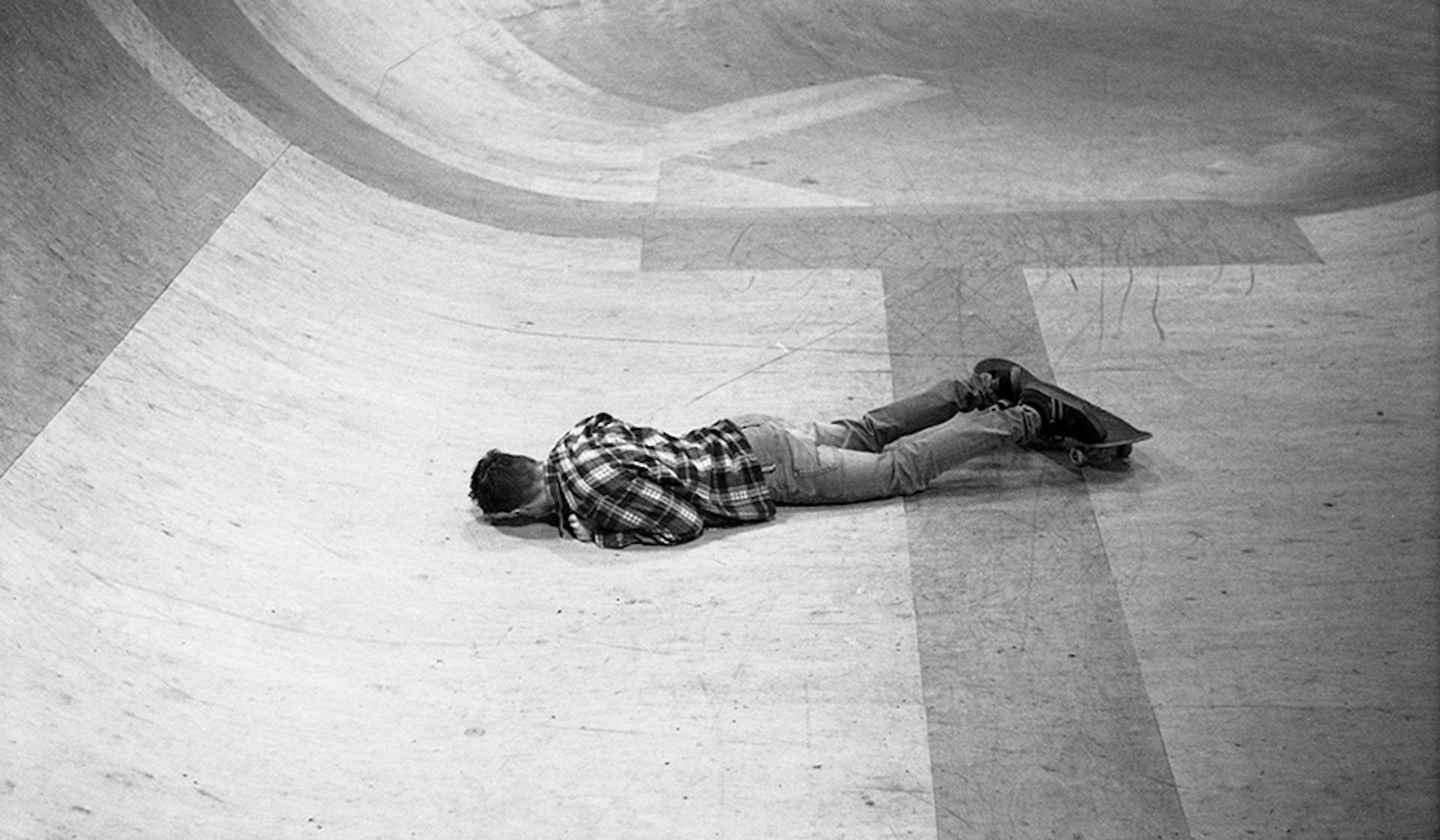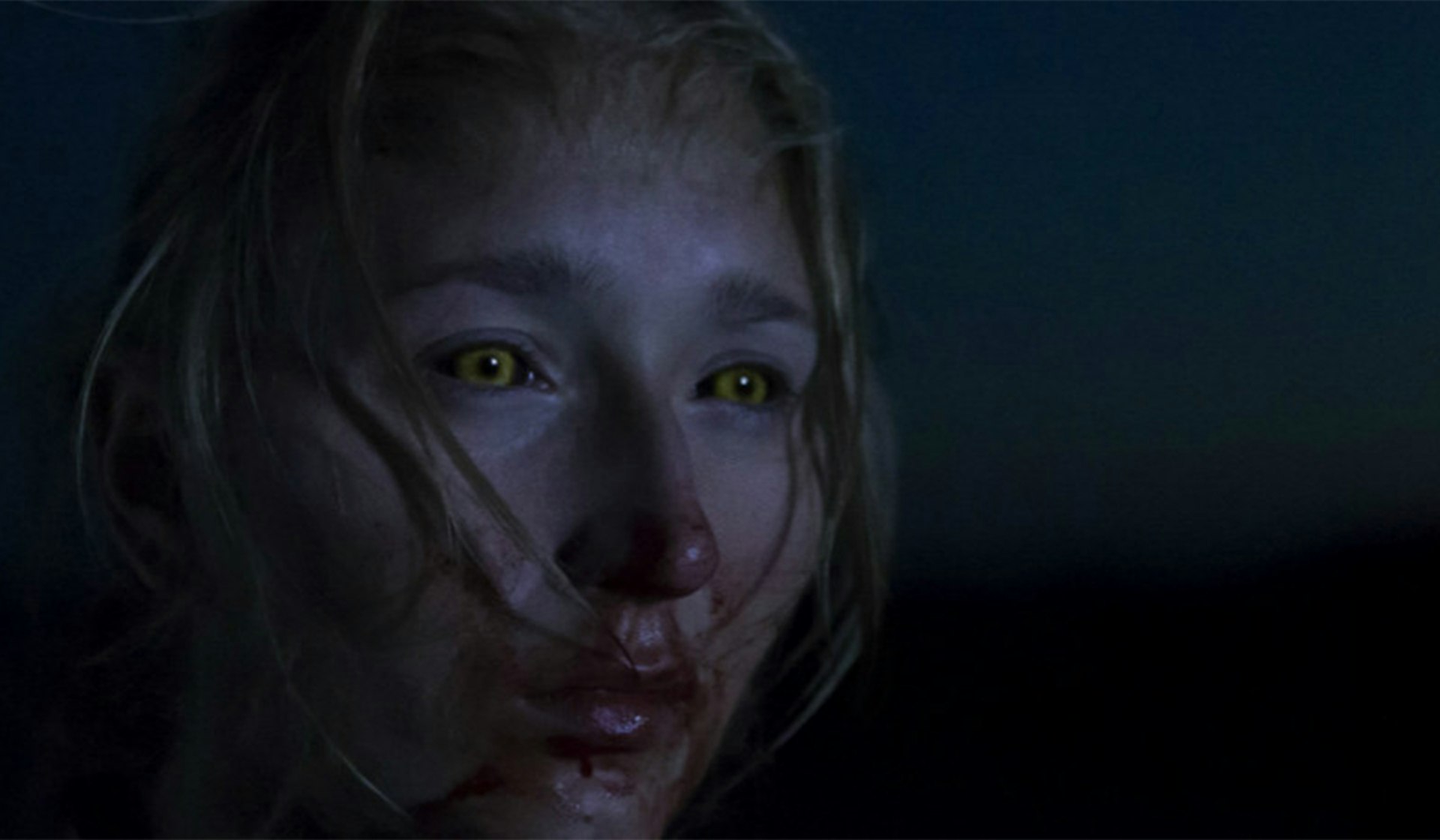
The Future History
- Text by Alex King
- Photography by Tom Quigley
Tom Quigley stumbled into analogue photography almost by accident, but discovered it gave him a new level of freedom to document skating in his hometown of Nottingham. The Future History brings together over 100 hand printed images Tom shot and has been keeping under wraps until the exhibition, choosing to show them in the best possible context rather than just putting them out on the internet. The exhibition opens at The Corner, Nottingham on Friday, May 23 at 6pm and runs through till Saturday.
How did The Future History show come about?
Well I’ve been shooting a lot of film over the past couple of years, and rather than putting the images straight on the internet, which seems like a waste, I’ve saved them all so they can be seen for the first time in a much better way. With the aesthetic of these images and the whole process involved with developing film, it makes sense to stay true to analogue photography and create some real, physical prints without the aid of digital technology.
What is the story of the exhibition? Is there a narrative that ties all the work together?
No narrative as such, although the 100 or so images are arranged in a certain order. I’m hoping they’ll illustrate the various different aspects and intricacies of the skateboarding culture, from the pain and frustration involved with trying to make a trick, to the bond that exists between skaters. It’s also a snapshot of the local scene, that I’ve seen grow so much over this time period, and my way of contributing and giving back to the culture is by documenting it as it happens. It’s my love letter to Nottingham skateboarding.
Do you have a favourite image from the show?
I think my favourite shot from this whole collection is one of my friend Alex trying to reason with a Community Support Officer, when she approached us to tell us we couldn’t skate at that particular spot. The location is somewhere we always skate, and looking at it, you’d almost think it was built for skating – but it’s been highlighted by the council as somewhere they want to keep free from skateboarders. But it’s all there in his body language in this shot – the sense of weariness and exasperation at being moved on yet again, from a location that will see worse and far less creative characters than skateboarders inhabiting it in the meantime. Even though the officer is the key part of the story this image tells, I still kept her in the background and put the focus on the skater – which makes that glare she’s throwing my way all the more amusing.
Another favourite image of mine that I’ve included in this exhibition has a similar arrangement of figures in the shot, but a totally different story – whereas in the Community Support Officer shot you can see what’s going on, and almost feel a part of the scene; this one simply sees two people with their backs turned from the camera. What I know, as the photographer, is that this was quite a serious moment when my friend Nathan – on the right – had possibly just broken several fingers after a bad slam, and is being checked on by a close friend. But I like that it’s such a personal shot to only me and the people in it, that leaves only ambiguity for the viewers.
What have been the challenges in bringing the project to life?
Keeping the photos unseen for so long can be frustrating, when you get negatives back and you know you’ve got an amazing shot but you can’t instantly show everyone at once – but it’s totally worth it in the end and I’m always going to wait until my film photography is in printed form before it’s seen by others. Going back in the darkroom to print this body of work was an interesting experience, as I haven’t used a darkroom since I was at uni quite a few years ago. Naturally it takes a lot of time and materials to get images printed perfectly, but having done the work for this exhibition I’ve now done more in the darkroom than ever before, and I’m keen to regularly print my work this way.
What have been the major inspirations?
There were a few catalysts to me shooting film so much – broken digital kit, desire to try something new, borrowed and gifted film cameras – and once I started seeing the images I could produce with them I was hooked. When I take my digital cameras out I’ll usually be setting up for a certain trick and everything is foreseen and predicted, but with just a lightweight film camera in my hand I found I could just move around the subjects and capture all these subtle moments in between the action. I’ve always liked the behind-the-scenes shots of skateboarding that tell you more of the story, of those people and that time, rather than just the one big action shot by itself.
We’re in the middle of an analogue revolution at the moment as well, which has kept me interested and inspired by other people’s film photography – the excellent, independent, film-only skateboard magazines Florecast and North have been really popular all over the UK since they started over the past couple of years. 43 Magazine from the U.S. as well – these publications are all beautifully designed and really encourage the appreciation of the printed image.
Inspiration in terms of the images I shoot comes a lot from Craig Stecyk & Glen E. Friedman’s phenomenal documentation of the 70s Dogtown scene – I don’t know anyone who would see their work and not instantly want to shoot film!
What’s the future for The Future History?
I’ll continue to document this time and place in skateboarding history, hopefully putting out printed matter regularly in the form of hand-printed photographs and handmade zines, and just try to contribute my small part to the culture. The main message behind The Future History is to appreciate the times that we’re in as they’re happening – and to not forget that we’re lucky to have such an amazing skateboarding scene right now. In the words of Grant Brittain “Now that I look back at it; I really got to experience a special time in skateboard history. Now I look at everything as The Future History.”
The Future History opens at The Corner, Nottingham 6-8pm on Friday, May 23 and is also on show Saturday 11am-5pm. Check out more of Tom’s work here.
